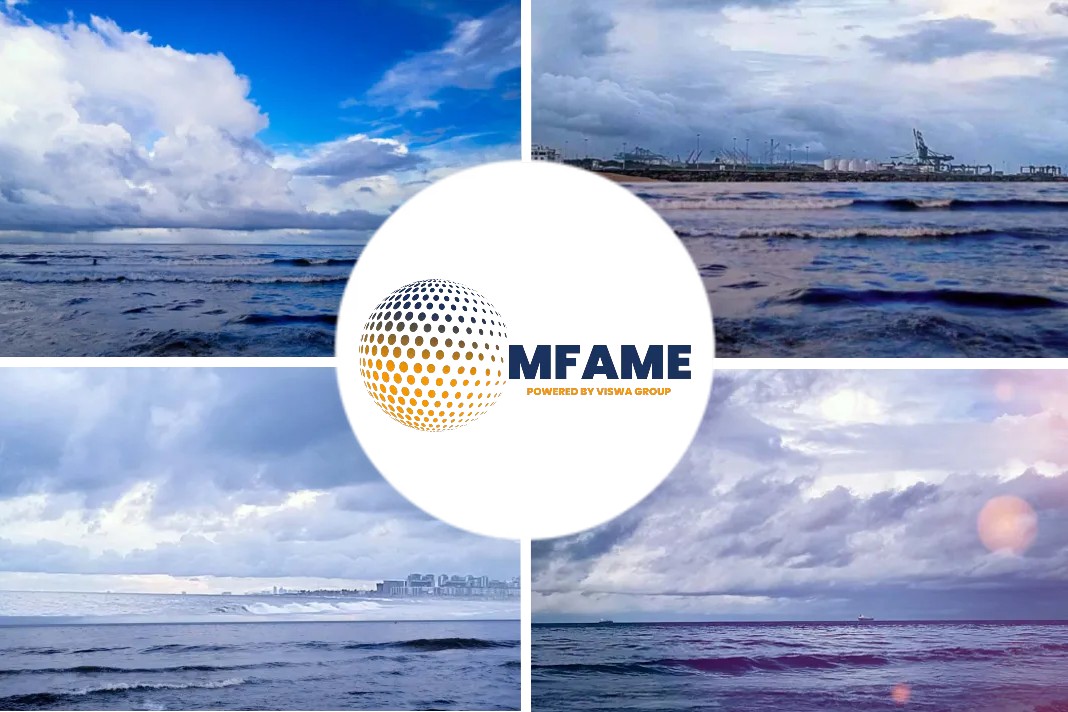- Robust ordering for LNG-fuelled ships continues to drive demand for fuel gas supply systems.
- Q2 2022 saw the strongest quarter yet, with contracts signed for 83 LNG-fuelled newbuilds, according to a social media post by DNV principal consultant Martin Christian Wold.
- As of mid-July, the global fleet had swollen to 807 LNG-fuelled vessels, and another 229 LNG ready ships, according to DNV’s Alternative Fuels Insight platform.
A recent news article published in the Riviera states that Ammonia breakthrough highlights robust fuel gas supply market.
Alternative Fuels Insight platform is ammonia
One of the future fuels not yet tracked by the Alternative Fuels Insight platform is ammonia. Ammonia, or more precisely green ammonia produced with renewable energy, is seen as a promising replacement for traditional fossil-based marine fuels because it contains no carbon, making its use pivotal in the battle to decarbonise international shipping. To burn ammonia, however, requires the development of new engine technologies. Engine designers expect to have the first two-stroke ammonia dual-fuel engines commercially available by 2024.
Fuel gas supply system designers, too, are preparing to roll out systems within the next two years to support the transition to ammonia.
To this end, an ammonia gas fuel supply system developed by SunRui received an approval-in-principle (AiP) in July from Lloyd’s Register (LR) and CCS. The breakthrough ammonia fuel gas supply system (AFGSS) includes a bunkering unit, ammonia storage unit, heat exchange and supply unit, ammonia vapour processing unit, security and monitoring system, control system and other units.
Two-stroke ammonia dual-fuel
SunRui said the AFGSS will be suitable for MAN Energy Solutions’ two-stroke ammonia dual-fuel, ME-LGIA Diesel-cycle engine and WinGD’s two-stroke ammonia dual-fuel X-DF Otto-cycle engine when they become available.
Due to the fuel’s toxicity and corrosive nature, LR, CCS and SunRui conducted a comprehensive risk assessment of AGFSS during the certification process. The assessment included bunkering, storage, supply, ammonia vapour processing, ventilation and layout. During the risk assessment, LR, CCS and SunRui identified potential safety hazards in each step, and corresponding protective measures to ensure the safety and reliability of AFGSS design.
While ammonia is not yet established as a marine fuel, SunRui is already supplying FGSS for the growing LNG-powered vessel market. In June, it held a contract-signing ceremony for six LNG FGSS at Dalian Shipbuilding Industry Corp (DSIC). The SunRui Gaslink units will be delivered to the Chinese shipbuilder in 2023 for installation in six 16,000-TEU, dual-fuel-powered ultra-large container ships (ULCSs).
Propulsion for the vessels will be supplied by WinGD X-DF two-stroke, dual-fuel engines. The owner of the newbuilds is believed to be MSC, although DSIC only disclosed the buyer as a “European shipowner”.
IMO regulations drive demand
To comply with the more stringent IMO Energy Efficiency for Existing Ships Index (EEXI) and Carbon Intensity Index (CII) regulations, shipowners are converting existing LNG-ready box ships to burn LNG. That is the case for US-based Matson Navigation which is converting the DNV class LNG-ready container ship Daniel K. Inouye with three 1,350 m3 IMO Type C LNG fuel tanks with in-tank pumps and a tank gauging system, low-pressure vapouriser and buffer tank, glycol-water system, N2 system, bunker stations, automation and control system, ship-to-shore link, as well as a gas detection system for the main and auxiliary engines. Singapore-based C-LNG Solutions is providing the equipment for the conversion, which is scheduled to start in January 2023 and take about four months.
Matson has plans to convert five of its container ships to burn low-sulphur fuel oil (LSFO) and LNG to comply with EEXI and CII requirements. It is also considering three LNG-ready newbuilds later this decade for Alaska service.
Previously, C-LNG engineered the 12,300-m3 type-C fuel tank for the 14,000-TEU ULCS MSC Washington, and more recently signed an agreement with Brooklyn-based American Ship Repair to serve as its official representative in the US.
“The industry has fully embraced moving towards a decarbonised future,” said ASR president Peter Gianopulos. “Effective, cost-efficient solutions, such as those from C-LNG, make sense not only for newbuilds, but for retrofits as well.”
Agreement comes as more international LNG-powered ships
The agreement comes as more international LNG-powered ships are set to start calling on the US east coast in the next two years and other American shipowners undertake LNG fuel retrofits or add LNG-powered newbuilds.
On the US west coast, TOTE Maritime, which pioneered LNG propulsion in the container ship segment with the 2015-built Isla Bella, is undertaking a phased conversion of its two Orca class vessels at Seaspan Victoria Shipyards in Canada.
In July, fellow US shipowner Pasha Hawaii took delivery of George III, the first of two LNG-powered container ships from Keppel AMFELS shipyard, Brownsville, Texas.
BOG management
Other technologies are being introduced to lower CO2 emissions from the shipping sector. France’s Cryostar reported securing an order for two EcoChill subcoolers for boil-off gas (BOG) management for two 174,000-m3 LNG carriers under construction.
The French cryogenic technology firm describes the units as “plug and play”, noting it will supply EcoChill 250 subcoolers rated at 1.5 tonnes/hr of BOG treatment. Besides newbuilds, the EcoChill subcoolers can be retrofitted on existing ships to reduce BOG and cut CO2 emissions, supporting compliance with EEXI and CII regulations.
LNG carriers operating at lower speeds to reduce fuel consumption and lower CO2 emissions, produce larger volumes of surplus BOG to be treated. By installing an EcoChill subcooler to cool the LNG in the tank significantly reduces boil-off to avoid the use of the gas combustion unit (GCU) and associated emissions and conserve valuable cargo. Subcoolers can be fitted without disturbing existing fuel gas supply systems and require minimal interfaces on board.
Did you subscribe to our daily Newsletter?
It’s Free! Click here to Subscribe
Source: Riviera



















